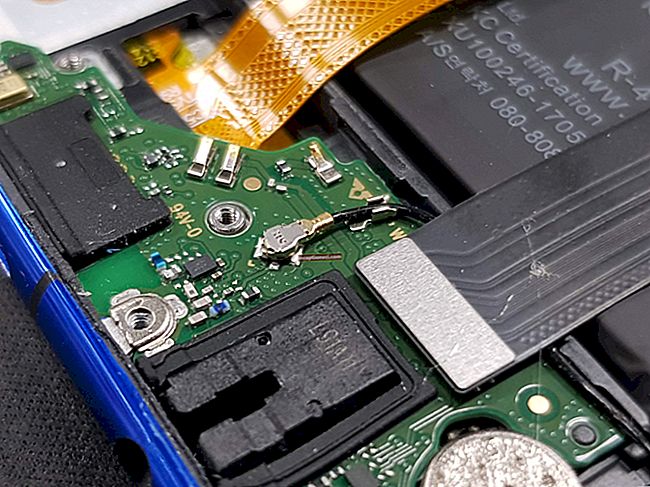Radeon HD 6800 is the fastest in the world. The first test results that appeared on the net.

This weekend, a member of WG_Baby posted the first (so far unconfirmed) screenshots of the Radeon HD 6800 benchmark series on the Chinese-language news forum in the Chinese-language forum. Generally, rumors that are not supported by empirical data are considered unfounded, but we found that this forum contains sufficiently verified data to consider it plausible for discussion. Our good friend Lars-Göran Nilsson at SemiAccurate was able to speak with the creator of the GPU-Z graphics information utility, who could confirm that the screenshots below appear to be real.

Radeon HD 6800 (Cayman XT) 3DMark Vantage Extreme benchmark

Radeon HD 6800 (Cayman XT) 3DMark Vantage Extreme test 2

Radeon HD 6800 (Cayman XT) 3DMark Vantage Performance Test 3
WG_Baby did not disclose its system specifications associated with the overall 3DMark Vantage Extreme score. However, some analysts agree that an Intel Core i7 processor had to be used as a high-speed processor to get these results. However, if the GPU managed to hit X11634 on the first run, X11762 on the second run, and P24056 on the third run at default frequencies, it would seem to indicate that the Cayman XT could be the fastest single GPU card to hit the market. ... The only obstacle in its path will be the Radeon HD 5970 with its dual GPU, but it will eventually be replaced by the Antilles XT.

The information provided by GPU-Z 0.4.5 reveals "6718" as GPU ID, with a core frequency of 850 MHz, 256-bit GDDR5 memory clocked at 1600 MHz, with a memory bandwidth of 204.8GB. A leaked Southern Islands GPU ID from Catalyst 10.8 drivers released last week identifies "6718" as "233, Cayman XT (6718) NI."

As VR-Zone reported last Thursday, many of the codenames for the next generation of AMD Radeon cards are drawn from the Caribbean islands of the West Indies. Looking at the corresponding geographic region of the West Indies, we see that the Greater Antilles includes the Cayman Islands in their geographic proximity to Cuba. In contrast, the Lesser Antilles region includes St. Barts, Turks Caicos, and Seymour islands. If we can accurately match the anecdotal references to AMD's coding strategy, we can logically conclude that the Cayman GL XT, Cayman GL Pro, Cayman GL, Cayman GL LE, Cayman XT, Cayman Pro, Antilles Pro and Antilles XT belong to the Northern Islands of the GPU family. ... However, the codename "mixup" between the Southern Islands and the Northern Islands, the family of video cards remains now without a definite place of residence.
We are also aware of the ATI brand appearing in the GPU-Z Name information box, despite AMD's intentions to resign this glorious brand this year in order to make room for the marketing of Fusion. While this link may have to do with how the GPU-Z was programmed, perhaps the "ATI Radeon HD 6000 Series" - this next generation of the consumer desktop GPU family will be the last in the proud ATI Radeon bundle, and the company will later drop the "ATI" name. from his brand entirely for the sake of the new name “DAAMIT”. The result remains in question until more information on the company's fourth-quarter release schedule is disclosed.

Update: In addition to the mandatory 3DMark Vantage benchmarks, WG_Baby recently updated its findings to include Crysis (2007) and the Unigine Heaven 2.1 benchmarks. The results show that the Cayman XT graphics card, with a currently unknown hardware combination, can do an average of 43.55 frames per second in the original Crysis at Very High settings, at 1920x1200 resolution with 4x AA in DirectX 10 64-bit mode. Which shouldn't have been used, as Crysis in 64-bit mode is known to have lower frame rates by an average of 5fps compared to 32-bit mode.

Additionally, the Unigine Heaven 2.1 benchmark was launched at 1920x1200 full screen with 4x AA, (16x AF and Extreme Tessellation enabled). The results show that the Cayman XT gets 922 points, and an average of 36.6 frames per second.










